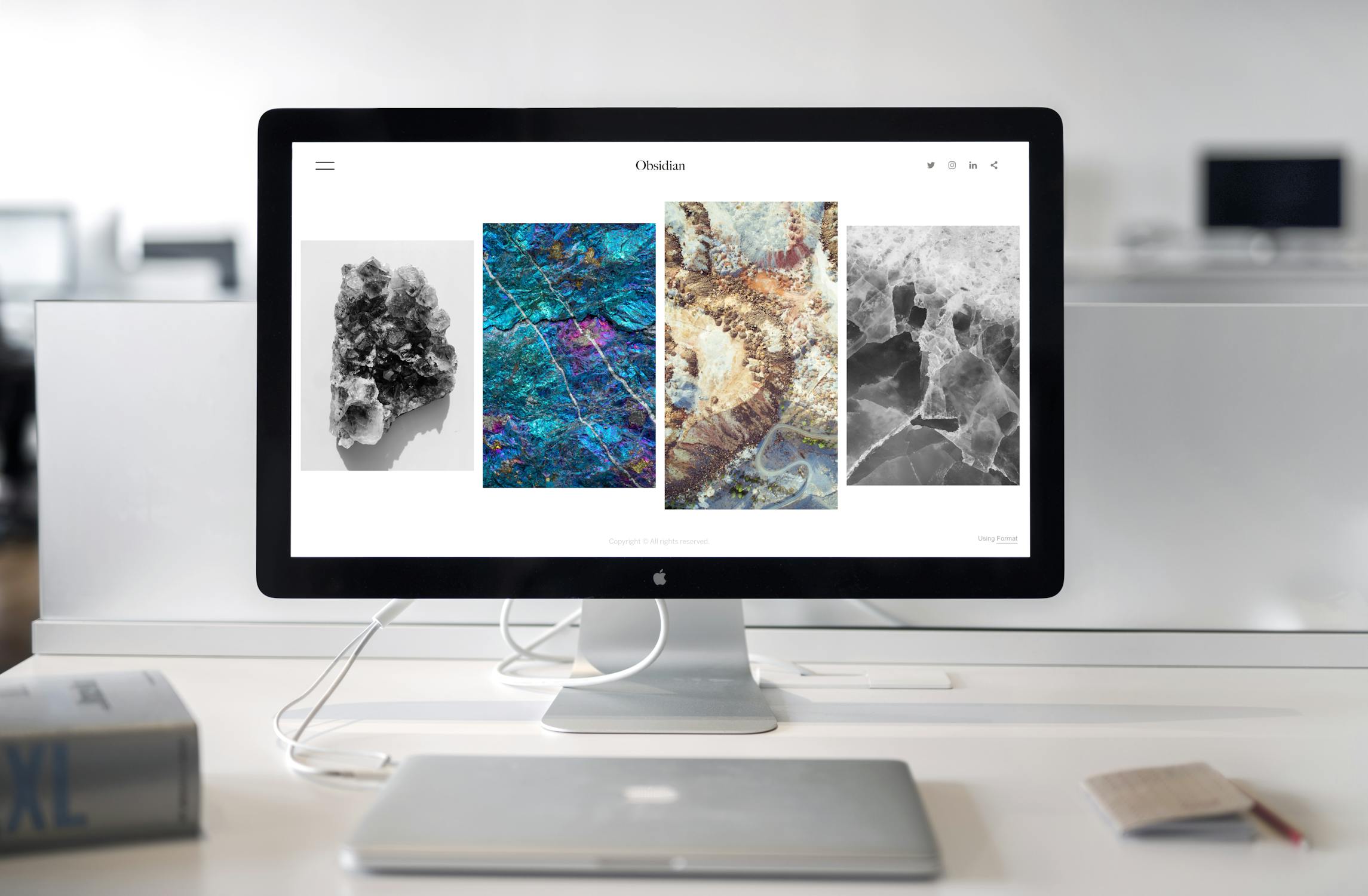Schedule a Demo
Minimalism isn't just a design trend; it's a philosophy that can significantly enhance your business's online performance. In my experiences with operations managers across various industries, I've witnessed firsthand how a clean, focused website can transform user engagement and lead generation. By stripping away the clutter and focusing on what truly matters, businesses can offer a clearer message, faster loading times, and an enhanced user experience, all of which contribute to better search engine optimization (SEO) results.
Minimalist web design isn't just about aesthetics; it's a strategic choice. It's driven by the principle that less is more. A simpler design reduces distractions, which means visitors can focus on your content and the actions you want them to take, like filling out a lead generation form or making a purchase. Research from the Nielsen Norman Group indicates that users typically leave a website within 10-20 seconds if they can't find what they're looking for. A minimalist approach reduces cognitive load and helps users get to what they need faster.
When embracing minimalism for your website, focus on key elements that contribute to a smooth user experience. Use a limited color palette to maintain visual harmony. White space—or negative space—isn't just empty; it's crucial in guiding the user's eye and making content more readable. Typography should be clear and legible, often with a hierarchy that distinguishes between headlines, subheadings, and body text. And let's not forget images and icons; these should be high-quality and relevant, used sparingly to support your message without overwhelming the page.
Let's delve into a few case studies that highlight the impact of minimalism in web design. One standout example is the website redesign of a SaaS company I worked with; they switched to a minimalist layout and saw their bounce rate decrease by 30% while lead generation increased by 22%. Another is a well-known enterprise software firm who streamlined their site, resulting in quicker page load times and, according to their analytics, a 15% uplift in customer engagement. These cases show that simplifying can yield tangible results.
In the realm of custom software development, integrating minimalist design principles can create intuitive, user-friendly interfaces that enhance the end-user experience. If you're considering custom software development for your business, incorporating minimalism can mean streamlined workflows for your team and an optimized interaction for your clients. This approach reduces complexity and can make your software more adaptable to varying business needs, ultimately contributing to a more agile enterprise solution.
How does minimalist design impact SEO? To answer this, we need to consider page speed and user experience, both of which are factors in Google's ranking algorithm. A simpler design with fewer elements typically leads to faster load times, a known SEO booster. Moreover, when visitors enjoy an easy-to-navigate site, they're likely to stay longer, reducing bounce rates and increasing session durations—both positive signals to search engines.
From a psychological perspective, minimalism can positively influence how your brand is perceived. Studies show that an uncluttered, focused layout can evoke feelings of calm and competence. When your site communicates clearly and directly, visitors are more likely to trust your brand and feel confident in the services or products you offer. This can be especially powerful in the enterprise sector, where decision-makers value professionalism and clarity.
If you're in the market for a B2B website designed for lead generation, a minimalist approach can be particularly effective. Rather than bombarding potential leads with too much information, focus on presenting a compelling value proposition. Use clear calls to action, perhaps supported by a video or concise testimonials, to guide users towards the conversion point. And ensure that all content is optimized for SEO, integrating keywords like 'enterprise web solutions' naturally throughout the text.
For firms leveraging automation software and integrations, minimalism can simplify user interaction with your systems. From my perspective, working with businesses to integrate and automate their workflows, I've found that a clean interface is essential for users who need to process information quickly and efficiently. A minimalist design makes it easier to find and use the tools that matter most, encouraging higher engagement and better overall user satisfaction.
Like any design approach, minimalism has its challenges. It's important to balance minimal design with sufficient content that provides necessary information to visitors. Additionally, while streamlined design can be excellent for B2B and enterprise clients, it's worth considering the specific needs of your audience; certain industries may require more detailed presentations due to regulatory or informational needs. Based on available research, individual results may vary, so always tailor your design strategy to your unique business goals and client base.
The trend towards minimalism in web design is likely to grow as businesses continue to recognize the benefits of streamlined digital experiences. Technological advancements will support even more refined and personalized minimalistic designs, enhancing enterprise web solutions. As we move forward, maintaining a focus on usability and performance will remain critical as part of any forward-thinking design strategy.
Getting started with a minimalist design for your business involves several steps. First, analyze your current website to identify elements that are distracting or unnecessary. Next, streamline your content, focusing on clarity and relevance. Collaborate with your design and development team to select a harmonious color scheme and typography that aligns with your brand. And crucially, use analytics to monitor the impact of these changes on user behavior and SEO performance.
In embracing minimalism for your enterprise web solutions, the focus is always on enhancing the user's journey from arrival to action. It's about crafting a digital space where every element serves a purpose, every click feels intuitive, and every visit draws visitors deeper into what your business has to offer. By adopting this approach, your business can stand out in a crowded digital landscape, not through flashy designs, but through a serene, strategic simplicity that resonates with today's savvy business audience.
